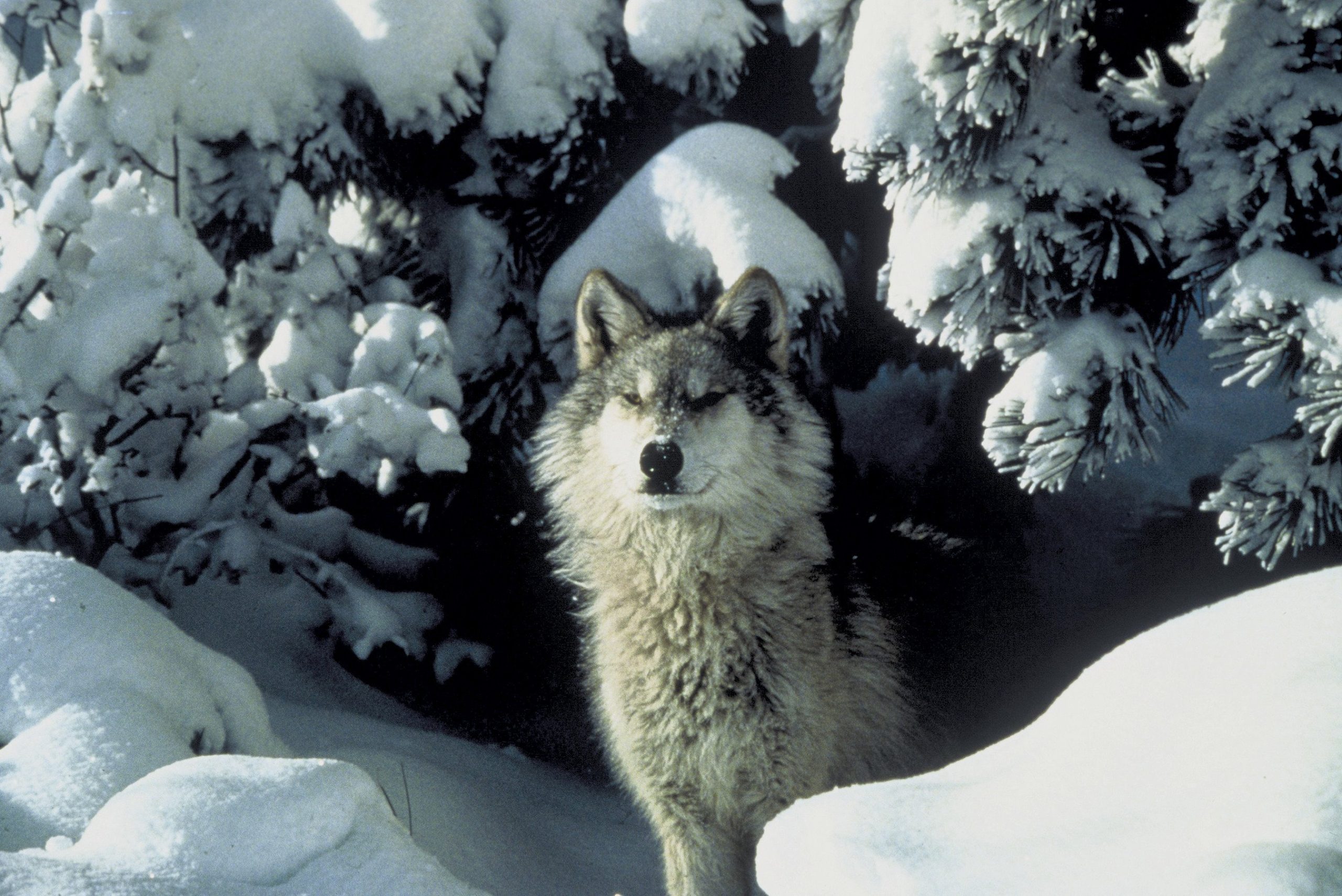priceless-stories.org – The gray wolf, a symbol of wilderness and ecological balance, has faced significant conservation challenges over the years. Once widespread across North America, Europe, and Asia, gray wolf populations have dramatically declined due to habitat loss, hunting, and human-wildlife conflict. This article examines the efforts to conserve gray wolves, the challenges they face, and the importance of their role in ecosystems.
The Importance of Gray Wolves
Gray wolves are apex predators, playing a vital role in maintaining the health and stability of ecosystems. By regulating prey populations such as deer and elk, wolves prevent overgrazing and promote biodiversity. Their presence can lead to a cascade of ecological benefits, influencing the distribution of other species and contributing to the overall balance of the environment.
Conservation Efforts
- Legal Protection: In many regions, gray wolves are protected by national and international laws. The Endangered Species Act in the United States, for example, has been instrumental in facilitating the recovery of wolf populations in certain areas.
- Reintroduction Programs: Efforts to reintroduce gray wolves into their historical ranges have seen some success. The reintroduction of wolves to Yellowstone National Park is a notable example, where their presence has led to positive ecological changes, including the restoration of vegetation and increased biodiversity.
- Public Awareness and Education: Raising awareness about the ecological importance of gray wolves and dispelling myths surrounding them are crucial for gaining public support for conservation initiatives. Educational programs and community engagement help foster coexistence between humans and wolves.
Challenges Facing Gray Wolves
Despite conservation efforts, gray wolves continue to face significant challenges:
- Human-Wildlife Conflict: As wolf populations recover, conflicts with humans, particularly livestock farmers, have increased. Wolves sometimes prey on livestock, leading to economic losses and tension with local communities. Finding solutions to mitigate these conflicts is essential for successful conservation.
- Habitat Loss: Urbanization, agriculture, and infrastructure development continue to fragment and reduce suitable habitats for gray wolves. Protecting and restoring these habitats is critical for their long-term survival.
- Political and Legal Hurdles: The conservation status of gray wolves often varies by region and is subject to political and legal debates. Changes in policies and management practices can impact the effectiveness of conservation efforts.
Conclusion
The conservation of gray wolves is a complex and ongoing challenge, requiring collaboration between governments, conservation organizations, and local communities. By addressing the challenges they face and recognizing their ecological importance, we can work towards ensuring the survival of gray wolves for future generations. Their presence not only enriches the natural world but also serves as a reminder of the intricate connections that sustain our ecosystems.
